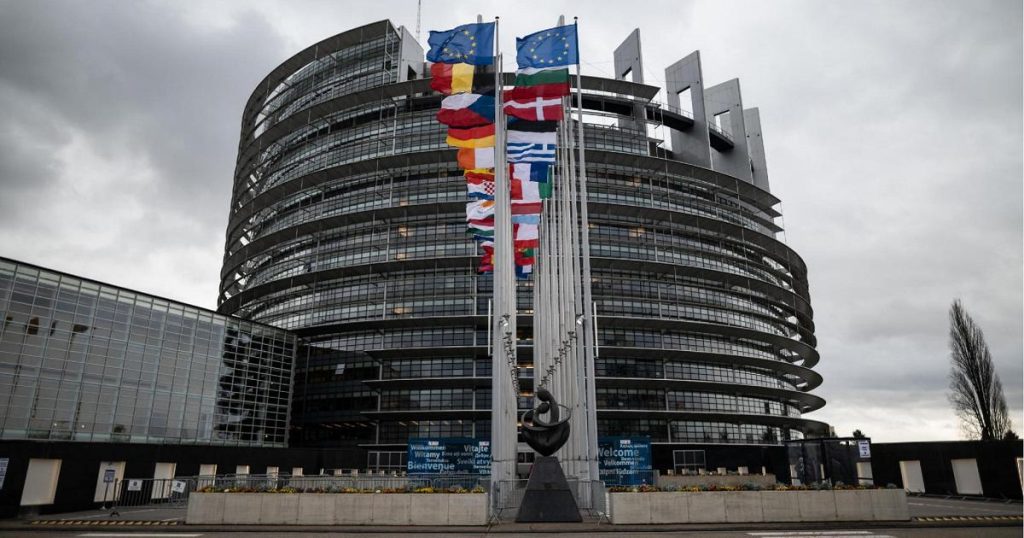After the vote count in the European elections held in Italy on June 8 and 9, the distribution of seats won by various political forces and, more importantly, which candidates will sit in the European Parliament are being determined. The 76 MEPs elected by voters are divided among groups based on the results obtained. Almost all the leaders of the main Italian parties were top candidates in the constituencies and, despite being elected, will give up their seats due to a technical issue affecting the computer system for vote counting in Rome. With 61,571 out of 61,650 sections examined, the outcome of the vote is almost final.
Frances of Italy (European Conservatives and Reformists Group) wins 25 seats in the European Parliament, five times more than in 2019, making it the largest Italian delegation in the European Parliament. This displaces the League, which was the most represented Italian party in Brussels in 2019 with 28 MEPs, from the podium, as they now hold only 8 seats. The other coalition force in the government, Forza Italia, wins 9 seats. The Democratic Party of Elly Schlein strengthens its position and increases to 20 seats compared to 19 in 2019, potentially taking over the leadership of the Progressive Alliance of Socialists and Democrats group from the Spanish party led by Pedro Sanchez.
The Five Star Movement is significantly reduced, dropping to 8 seats from the 14 obtained in 2019, even though after some departures, the outgoing Five Star delegation had already decreased to 5 representatives. Alliance Greens and Left make significant gains, surpassing the threshold and winning 6 seats, up from zero in 2019. These seats will be distributed based on the electoral law, which is proportional, and will be allocated according to the results in the five Italian constituencies and candidate preferences.
The latest projection released by the European Parliament regarding the distribution of the 76 seats assigned to Italy in the European Parliament based on group affiliation and the percentages obtained by individual parties is as follows: Fratelli d’Italia has 25 MEPs, the Democratic Party has 20 MEPs, Forza Italia has 9 MEPs, the Five Star Movement has 8 MEPs, the League has 8 MEPs, and Alliance Greens and Left have 6 MEPs. Each party’s elected representatives are named, and the distribution highlights the changes in representation from the previous election.
Specifically, Fratelli d’Italia has representatives such as Carlo Fidanza, Mario Mantovani, and Giovanni Crosetto, while the Democratic Party includes MEPs like Cecilia Strada and Giorgio Gori. Forza Italia has Herbert Dorfmann and Letizia Moratti among its MEPs, while the Five Star Movement includes Gaetano Pedullà and Sabrina Pignedoli. The League’s MEPs include Roberto Vannacci and Isabella Tovaglieri, and Alleanza Verdi e Sinistra has Ilaria Salis and Mimmo Lucano among its MEPs, reflecting the diverse representation in the European Parliament after the elections.


